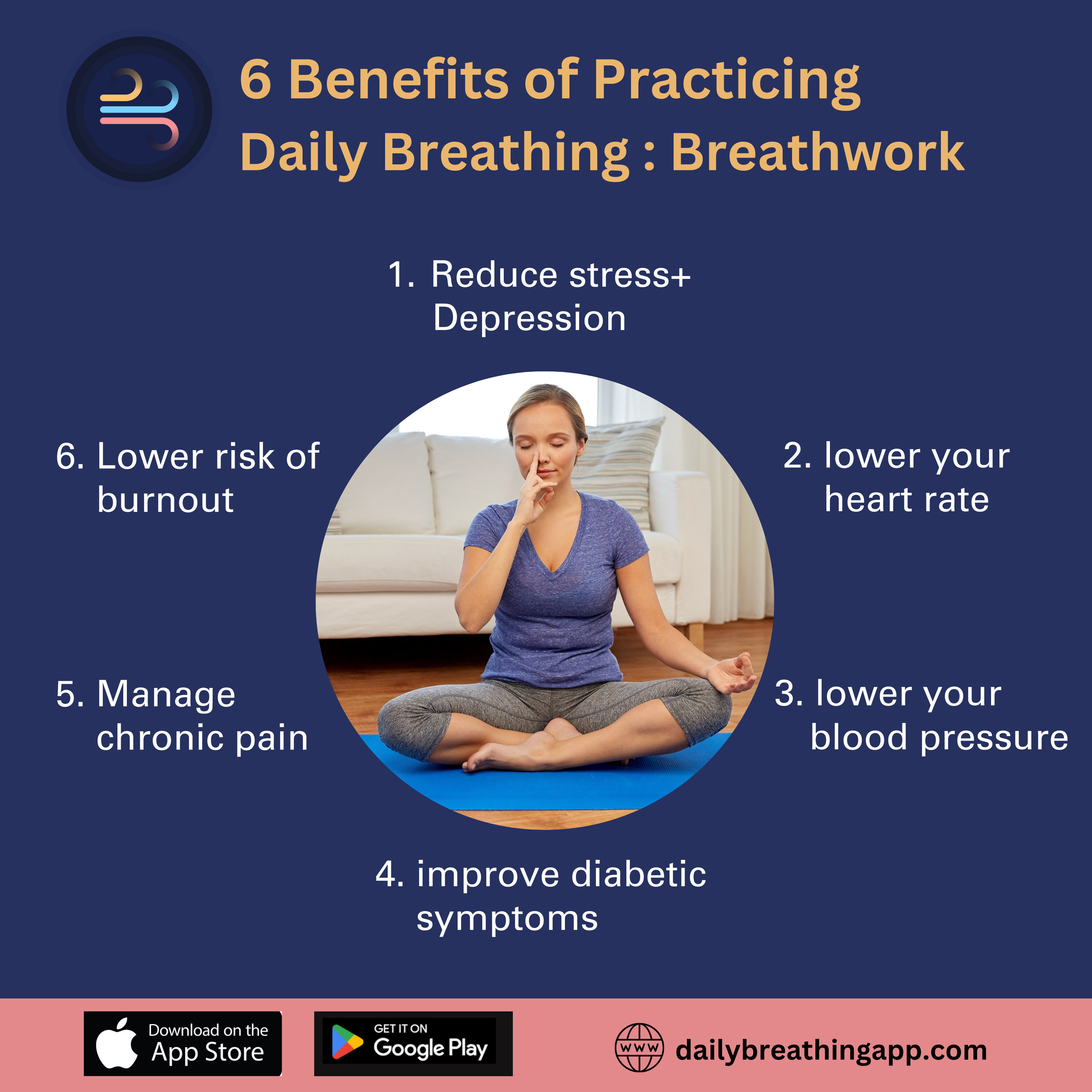Welcome to the ultimate guide on how to enhance your well-being through the practice of mindful breath. In this comprehensive article, we will explore the profound impact that intentional breath can have on your physical, mental, and emotional health. From understanding the science behind breath to practical techniques and lifestyle adjustments, we’ll cover all you need to embark on a journey to a healthier you.
Breathing Your Way to Wellness: The Ultimate Guide to a Healthier You
Breath is not just an automatic bodily function; it can be a powerful tool to improve your overall wellness. By making slight adjustments to your breath patterns, you can influence your body’s responses and optimize various aspects of your health.
The Science of Breath and Wellness
Breath goes beyond supplying oxygen to your cells. It affects your nervous system, stress levels, and even cognitive functions. When you breathe mindfully, you activate the parasympathetic nervous system, promoting relaxation and reducing stress hormones like cortisol.
Benefits of Mindful Breathing
Mindful breathing offers an array of benefits, including:
- Stress Reduction: Consciously slowing down your breath calms your mind and reduces anxiety.
- Improved Focus: Deep breaths increase oxygen flow to the brain, enhancing concentration.
- Enhanced Digestion: Proper breath aids digestion by stimulating the vagus nerve.
- Heart Health: Mindful breath can help regulate heart rate and blood pressure.
- Emotional Balance: Breath techniques contribute to emotional regulation and well-being.
Different Breathing Techniques
- Diaphragmatic Breathing: Also known as belly breathing, this technique involves expanding your diaphragm for deep breaths, promoting relaxation.
- Box Breathing: Inhale, hold, exhale, and pause – each for a count of four. This technique harmonizes breath and calms the mind.
- Alternate Nostril Breathing: Balancing energy, this technique involves inhaling and exhaling through alternate nostrils.
The Science of Breath and Wellness
Breathing goes beyond supplying oxygen to your cells. It affects your nervous system, stress levels, and even cognitive functions. When you breathe mindfully, you activate the parasympathetic nervous system, promoting relaxation and reducing stress hormones like cortisol.
Breathing for Specific Goals
Adapt breath techniques to your goals:
- Stress Relief: Practice diaphragmatic breath during tense situations.
- Sleep Enhancement: Utilize deep, slow breaths to relax before bedtime.
- Performance Boost: Apply breath control to enhance sports or artistic performances.
Benefits of Mindful Breathing
Mindful breathing offers an array of benefits, including:
- Stress Reduction: Consciously slowing down your breath calms your mind and reduces anxiety.
- Improved Focus: Deep breaths increase oxygen flow to the brain, enhancing concentration.
- Enhanced Digestion: Proper breath aids digestion by stimulating the vagus nerve.
- Heart Health: Mindful breath can help regulate heart rate and blood pressure.
- Emotional Balance: Breath techniques contribute to emotional regulation and well-being.
Different Breathing Techniques
- Diaphragmatic Breathing: Also known as belly breath, this technique involves expanding your diaphragm for deep breaths, promoting relaxation.
- Box Breathing: Inhale, hold, exhale, and pause – each for a count of four. This technique harmonizes breath and calms the mind.
- Alternate Nostril Breathing: Balancing energy, this technique involves inhaling and exhaling through alternate nostrils.
Integrating Breath into Daily Life
Mindful breath isn’t restricted to meditation sessions. Incorporate it into your daily routine:
- Morning Ritual: Start your day with a few minutes of deep breath to set a positive tone.
- Work Breaks: Take short breathers to alleviate stress and improve focus during work.
- Pre-Sleep Routine: Wind down with relaxing breaths for a restful night’s sleep.
The Mind-Body Connection: Breath and Exercise
Discover the relationship between breath and exercise for optimized workouts and recovery. Proper breath techniques during exercise improve oxygenation and energy levels.
Integrating Breath into Daily Life
Mindful breath isn’t restricted to meditation sessions. Incorporate it into your daily routine:
- Morning Ritual: Start your day with a few minutes of deep breath to set a positive tone.
- Work Breaks: Take short breathers to alleviate stress and improve focus during work.
- Pre-Sleep Routine: Wind down with relaxing breaths for a restful night’s sleep.
Embracing Mindful Breathing in Modern Life
In today’s fast-paced world, embracing mindful breath can be a game-changer. By taking small, intentional breaks throughout the day, you can effectively manage stress and optimize your overall wellness.
Breathing Apps and Technology
Explore the abundance of apps and devices designed to guide you through breath exercises. These tools offer reminders and customized practices to suit your needs and schedule.
Breath Awareness in Stressful Situations
During high-stress moments, your breath can be your anchor. Pause, close your eyes, and take a few deep breaths to regain composure and clarity.
Mindful Breathing and Digital Detox
Combine mindful breath with a digital detox to disconnect from screens and reconnect with your breath. Use this time to be fully present and recharge.
The Mind-Body Connection: Breath and Exercise
Discover the relationship between Breathing exercises for optimized workouts and recovery. Proper breath techniques during exercise improve oxygenation and energy levels.
Breathing for Specific Goals
Adapt breath techniques to your goals:
- Stress Relief: Practice diaphragmatic breath during tense situations.
- Sleep Enhancement: Utilize deep, slow breaths to relax before bedtime.
- Performance Boost: Apply breath control to enhance sports or artistic performances.
As you’ve journeyed through this guide, you’ve uncovered the immense potential of mindful breath to transform your well-being. By integrating various techniques into your daily life, you can experience reduced stress, enhanced focus, improved physical health, and emotional balance. Remember, consistency is key. Begin your mindful breath practice today and embark on a path to a healthier, more vibrant you.
FAQs
Can mindful breath help with chronic pain management?
Yes, mindful breath can complement pain management strategies by reducing stress-related pain.
Is there an optimal time to practice deep breath?
Anytime is a good time! However, mornings and before sleep are particularly beneficial.
Can children benefit from mindful breath?
Absolutely. Teaching children breathing techniques can help them manage stress and emotions.
How quickly can I expect to see results from mindful breath?
Some individuals experience immediate relaxation, while long-term benefits become evident with regular practice.
Are there any risks associated with mindful breath?
Mindful breathing is generally safe. However, if you have respiratory conditions, consult a healthcare professional.
read more>>https://buzziova.com/technology/



